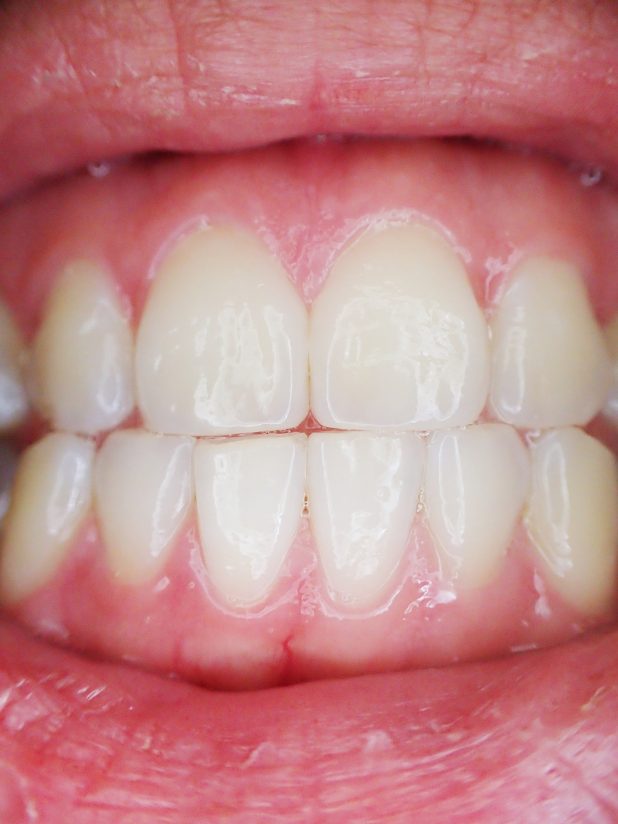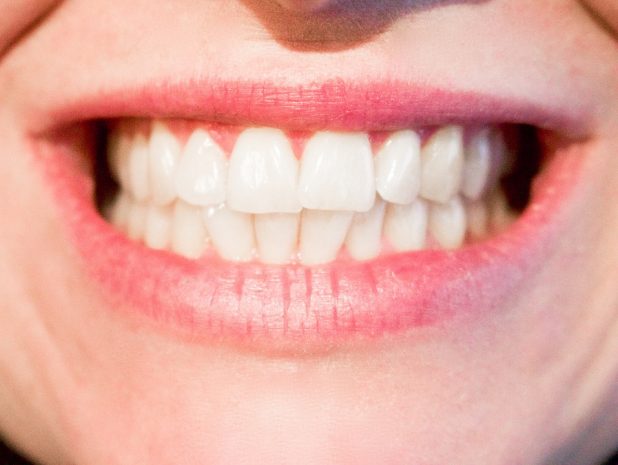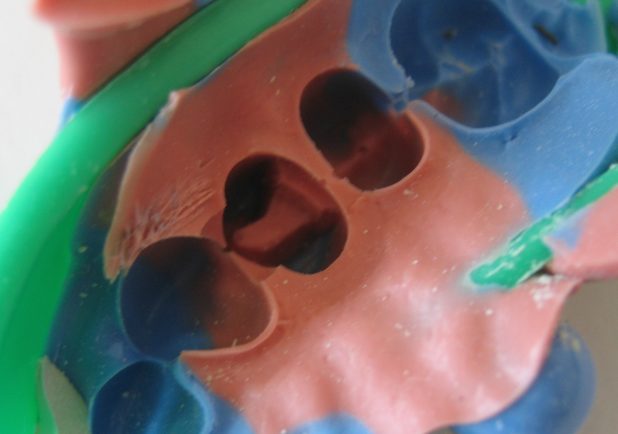The great thing about cosmetic dentistry is that it is always within reach whenever you need a healthy, beautiful smile. Thanks to advances in dental technology, you can improve your oral hygiene and make your smile look even better. Here are some of the most popular cosmetic dentistry treatments to help you regain your confidence.
Composite Bonding
If you have a chipped or broken tooth, its appearance can be corrected with composite bonding. The dentist applies the composite material in the tooth’s cavity before it is sculpted into shape. The result is a healthy, bright smile with a newly covered tooth that blends with the surrounding teeth.
Dental Implants
This surgical procedure involves making a hole into your gums and planting a crown made of titanium. People with missing tooth/teeth will need to consider this option. The dental implant is placed into the jawbone and provides sturdy support as a permanent tooth.
Veneers
Porcelain veneers are adhesively bonded to the tooth in order to cover the cracks or worn appearance. This procedure is especially recommended for people with discoloured teeth or those with gaps between their teeth. Although porcelain veneers are somewhat costlier than many other cosmetic procedures, they are nonetheless the most popular treatment.
Full Mouth Re-Construction
For a complete smile makeover, your dentist may recommend a full mouth re-construction to correct your bite and bone structure. The advanced materials used in this procedure make it possible for your dental professional to provide you with the most durable treatment that looks and feels natural.
Tooth Whitening
Tooth whitening is performed in the dentist’s office and can be completed within two visits. The dentist may use tray bleaching or laser whitening. The first option is based on your individual needs and can take several visits in order to get the best result. In this procedure, the dentist uses a custom-fit tray to minimise the whitening gel’s contact with the gums. The laser whitening option is somewhat less invasive as a protective gel is used to cover the gum tissue. Once the ultra-violet laser light is activated, the bleaching agent starts setting in the tooth. You will normally be required to attend several appointments.
Invisalign
This popular cosmetic treatment is an alternative to braces as it is invisible to the eye. Most people who have misaligned teeth tend to opt for this tooth aligner as it allows them to straighten their teeth without undermining their appearance. Invisalign braces are suitable for both children and adults and work effectively in the gradual straightening of their teeth.




